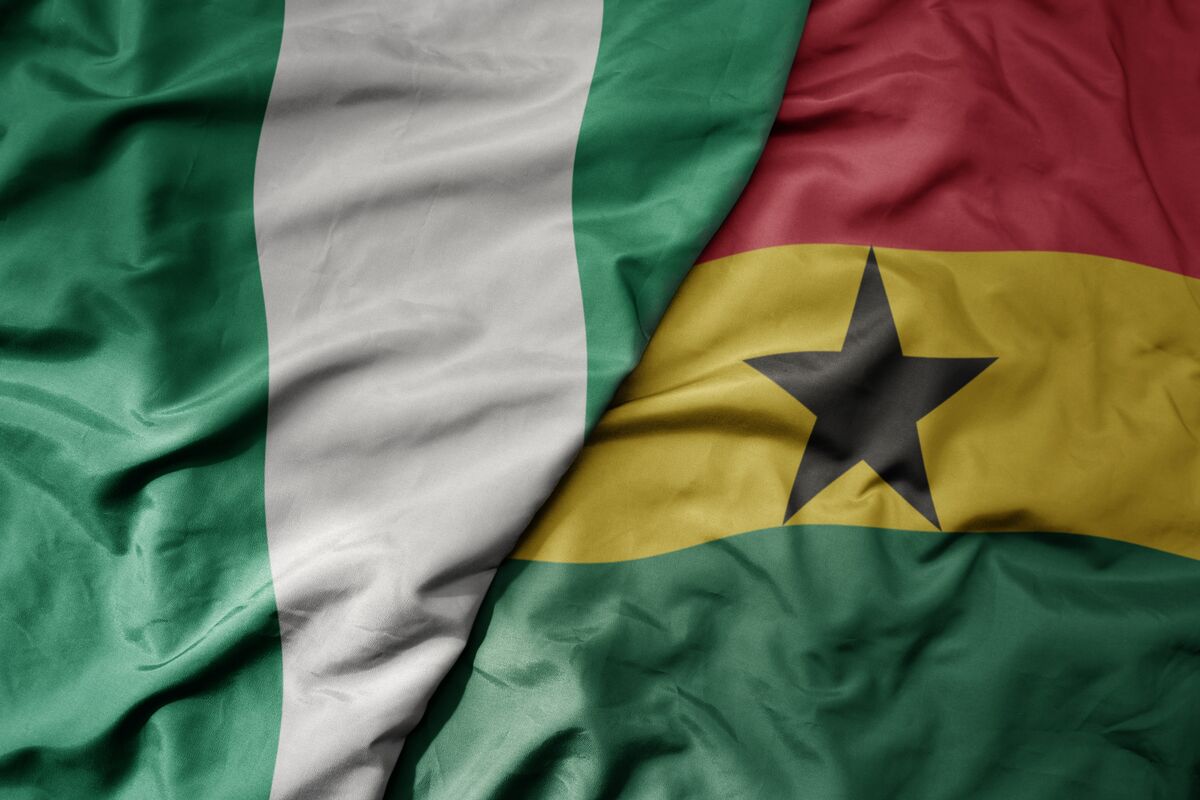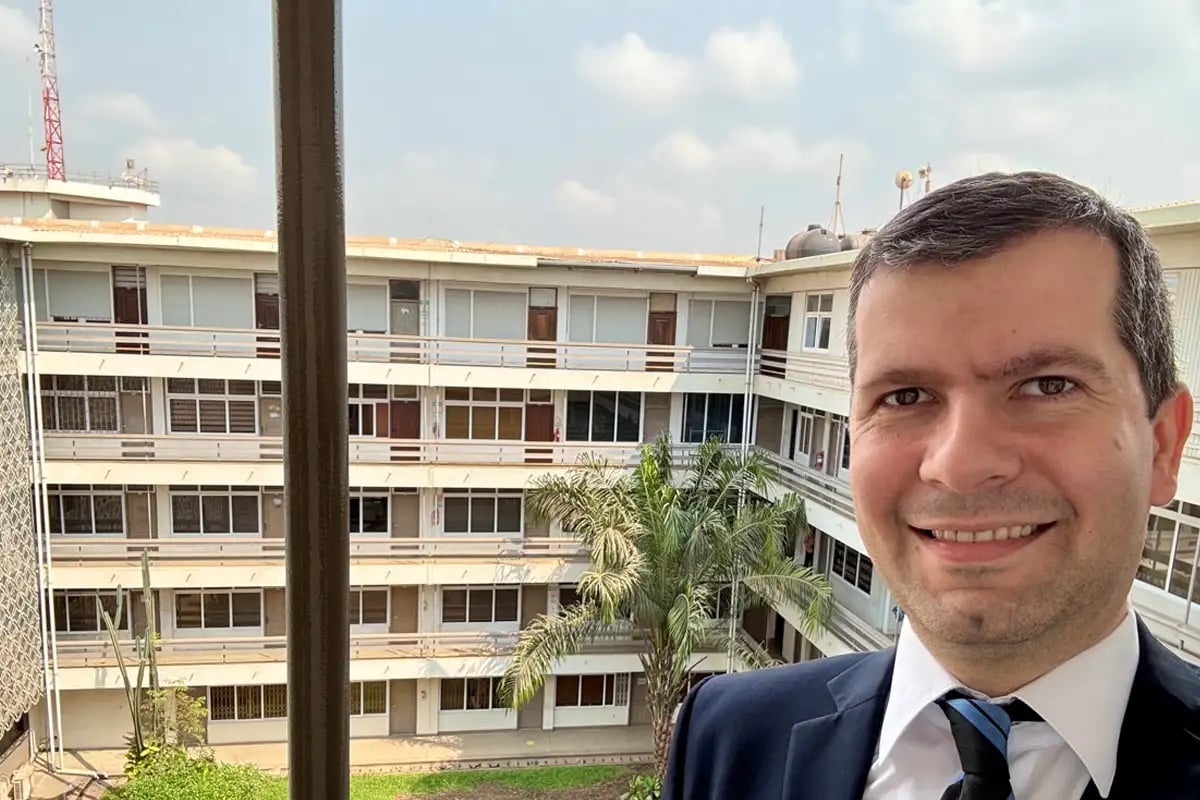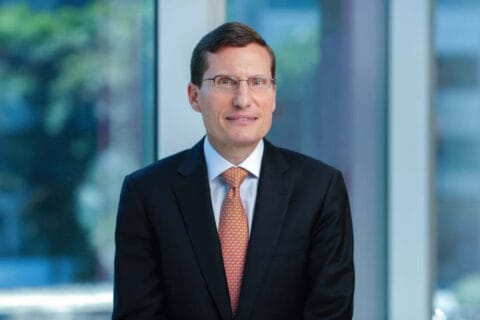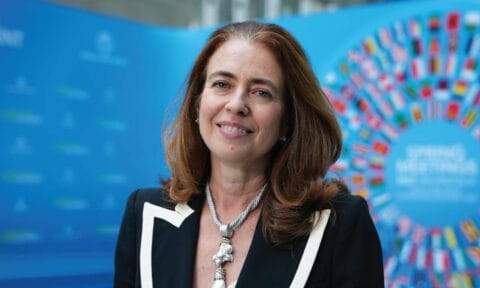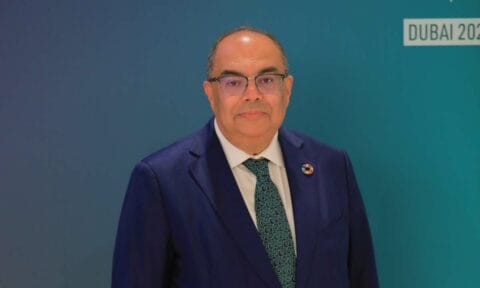The ‘Jollof Wars’ is a friendly rivalry between Ghana and Nigeria over who makes the best version of Jollof rice, a popular West African dish. Each country claims superiority in preparing this flavourful meal, leading to lively debates, social media banter, and culinary competitions. For investors, a more significant competition is unfolding — not over recipes, but economic reforms resulting from political transitions.
Opportunities in Nigeria
In Nigeria, we found a nation still coming to terms with the far-reaching developments after the election of President Bola Tinubu in early 2023. From then and through to 2024, the landmark reforms have significantly reshaped the economic landscape. The unification of exchange rates in the summer of 2023 led to the Naira depreciating by over two-thirds of its value relative to the U.S. dollar. Additionally, since October 2024, fuel prices have been completely liberalized (subsidies removed), facilitated by the launch of the Dangote refinery, which is on the verge of hitting full capacity, making it one of the world’s largest crude processing sites.
The combined fiscal cost of these subsidies was above 5 percent of the GDP in 2022, according to the World Bank. For a country that has been struggling to raise its government revenues above 10 percent of GDP for so many years, these figures are staggering and underscore the unsustainable nature of the prior policy.
The Central Bank of Nigeria, under the stewardship of its new governor, Olayemi Cardoso, played a pivotal role in securing some of the initial successes of President Tinubu’s administration. Measures such as halting deficit monetization through “ways and means advances” and eliminating widespread foreign exchange (FX) and import restrictions were instrumental in rejuvenating activity in the interbank FX market and in bolstering gross international reserves. Despite the positive developments, the net reserve position – a measure of a country’s liquidity – continues to be an enigma.
Need for concrete advancements
“People don’t eat reforms.” This was a mantra we heard in more than one meeting. In our discussions, these pivoted towards strategies for ensuring that the benefits of these reforms result in concrete social advancements. The authorities are currently concentrating on creating additional fiscal room to support increased social expenditure, necessary to counter the escalation in food insecurity and poverty, alongside managing heightened debt servicing obligations.
From a fiscal perspective, the 2025 budget was characterized by many of our interlocutors as being built on rosy assumptions of growth and oil production, which is targeted to reach 2.06 million barrels per day (bpd) this year. Recent data indicates a production level of around 1.7 million bpd, but since the easy gains have already been achieved, there was widespread scepticism about Nigeria’s ability to close the remaining gap by the end of the year.
Nevertheless, the pursuit of these ambitions raises the question of whether Nigeria might find itself at odds with OPEC, given its quota of 1.5 million bpd. We believe that the pressing need for increased revenue in the short term creates a compelling incentive to surpass this quota, should the opportunity arise.
The ‘Tax Reform Bills’, aimed at simplifying, improving and enhancing the efficiency of tax administration, were progressing through the National Assembly. They were anticipated to be implemented in the latter half of this year, but the size of their impact on the fiscal position remains uncertain. Overall, we anticipate an improvement in Nigeria’s fiscal situation over the medium term, despite the ongoing challenge of debt affordability, as interest payments continue to consume approximately 30 percent of general government revenues, one of the highest ratios in our investment universe.
Going forward, Nigeria’s market perception will hinge on the government’s success in executing the more challenging second phase of reforms. These are centered on diversifying the economy, improving security, expanding the tax base, and boosting the quality and reliability of data. The latter represents a significant hurdle for the country, complicating the work of investors and hindering efficient policymaking by requiring decision-makers to sift through a haze of uncertainty.
Ghana’s path to economic recovery
For years, Ghana has been a staple investment destination for many investors in Sub-Saharan Africa. It led the way as an early participant in the region’s Eurobond market with its debut issuance in 2007 and enjoyed a series of macro tailwinds, such as a boost in oil production, which contributed to significant social progress. However, this growth was underpinned by increasing fiscal and external imbalances, leading to a fragile economic structure that ultimately collapsed following the pandemic. The country consequently defaulted on its external debt in late 2022, marking Africa’s largest Eurobond default to date.
Unlike our last visit in early 2023, Ghana’s capital, Accra, had a markedly different atmosphere. It was no longer a country battling crisis on multiple fronts but one that had emerged from a painful debt restructuring process, making commendable progress in its IMF program and going through a political transition after the elections. These resulted in a significant win for the former president, John Mahama, and his party, the National Democratic Congress, granting them a constitutional majority and a strong popular mandate to steer the country back on course.
The focus of our discussions now revolved around whether the new government would adhere to the fiscal responsibilities outlined in the country’s Extended Credit Facility (ECF) arrangement, which is up for review in April. The previous government’s commitment to increase revenues — a crucial requirement for both fiscal consolidation and achieving the 18 percent external debt service-to-revenues target by 2028 — seems to conflict with Mahama’s campaign pledges to eliminate certain unpopular taxes introduced during the crisis.
Nonetheless, it was reassuring to learn that the authorities are still dedicated to meeting the primary objectives of the program and are only considering minor adjustments rather than a complete overhaul. There was also general optimism towards its 2025 budget, expected to be announced towards the end of the first quarter.
Officials were also hopeful regarding the schedule for completing all pending restructuring deals, including those with bilateral creditors and in the energy sector. Such advancements should pave the way for Ghana to transition out of its default status, initially moving up to CCC+, and subsequently aiming for a B-rating once the current IMF program is completed successfully in 2026.
Examining Ghana’s external balance sheet reveals that it has gained from both debt relief provided by its external creditors and robust gold exports, which have bolstered its international reserves position. Ultimately, Ghana is favourably positioned at least over the short and medium term, thanks to a comprehensive IMF program that anchors a constructive macroeconomic outlook and allows the country to stay outside international capital markets until at least mid-2026 when the ECF expires. The absence of any near-term bond issuance, coupled with a relatively high carry, presents a compelling opportunity for active investors willing to reconsider Ghana as it rebounds from the aftermath of its last crisis.
Conclusion
Just as with Jollof, multiple recipes exist to address a debt crisis. While both countries share similarities, such as political transitions, challenges in revenue mobilisation, and exposure to commodity price fluctuations (oil for Nigeria and primarily gold, along with oil to a lesser extent, for Ghana), their situations also diverge in significant ways. Ghana’s pre-existing vulnerabilities and insufficient policy response meant that the pandemic and tightening global financial conditions left it unable to roll over existing debt obligations, ultimately pushing it into a sovereign default. On the other hand, Nigeria, despite running a mix of unsustainable fiscal and monetary policies, had a much longer runway, which gave just enough time for the new administration to reverse this toxic mix of policies without triggering a full-blown debt crisis.
However, Nigeria must now deal with the fallout from its previous missteps, including inflationary pressures, increased debt servicing costs amid growing public debt, domestic arrears, and deteriorating social indicators. In contrast, Ghana embarked on a different path by seeking debt service relief through restructuring, which technically improved the quality of its balance sheet. However, this came with considerable negative repercussions, as defaulting on debt is never a cost-free solution.
As both nations navigate through the aftermath of their previous policy choices, investors will closely scrutinise their journey ahead. Investors can find attractive opportunities in high-yield countries regardless of their restructuring history, but careful consideration – including ‘on-site’ research visits like these – is essential to grasp each country’s distinctive path and accurately assess if current valuations reflect the associated risks.
Sorin Pirău is a portfolio manager from Janus Henderson Investors’ Emerging Markets Debt Hard Currency Team
